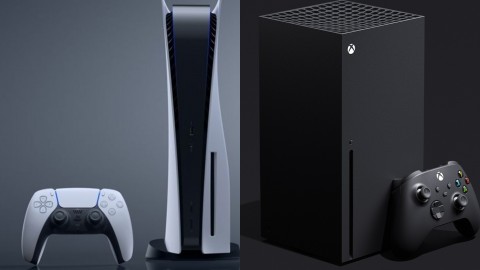
LGBTQ representation on TV has fallen for the first time in five years, according to an annual report by LGBTQ advocacy organisation GLAAD.
- Read more: “Queer culture is internet culture now”: how the LGBTQ+ scene is making the best of lockdown
Published yesterday (January 14), a US report called ‘Where We Are on TV’ assessed representation in the 2020-21 season, defined as broadcast, cable and streaming shows expected to premiere new seasons between June 1, 2020, and May 31, 2021.
It found that the percentage of regular characters scheduled to appear on prime-time scripted broadcast television who identified as lesbian, gay, bisexual, transgender or queer decreased to 9.1% in the 2020-21 season. This is down from the previous year’s record high of 10.2%.
It also found that the number of recurring LGBTQ characters – people who make multiple appearances in a series but are not part of the main cast – is almost the same as the previous season (31 this year, compared with 30 in the prior year).
Across broadcast, cable and streaming, the 2020-21 season sees a drop of 128 LGBTQ characters (from 488 to 360), but this was expected due to the coronavirus pandemic forcing networks and creators to pause production on several shows. This in turn affected the development of shows that feature LGBTQ characters, such as Euphoria and Killing Eve, which were not included in the research period.

The largest decrease in LGBTQ representation is seen in scripted cable shows. Primetime series in the 2020-21 season feature 81 regular LGBTQ characters (down from 121 last season) and 37 recurring ones (down from 94), while original series premiering on the streaming services Netflix, Amazon Prime Video and Hulu include 95 series regulars (down from 109) and 46 recurring ones (up from 44).
The number of transgender characters across broadcast, cable and streaming decreased to 29 from 38 last season, though the percentage of those played or voiced by transgender actors increased to 90% from 82%. The number of LGBTQ characters who are bisexual increased slightly, from 26% to 28%.
The report found that for the first time more than half of LGBTQ characters on prime-time scripted cable series were people of colour. While broadcast had already achieved that figure, streaming was the only platform in which white LGBTQ characters (51%) outnumbered non-white ones.
GLAAD president and chief executive, Sarah Kate Ellis said the shifting cultural and political landscape presented “an opportunity to break new ground with stories” and to create characters who “do not reinforce harmful stereotypes”.
She added: “Representation matters more than ever as people turn to entertainment storytelling for connection and escape.”

Elsewhere in the report, representation of women remained unchanged at 46% of series regulars on broadcast television. However, they are still underrepresented, being they make up 51% of the US population, according to the Census Bureau.
The percentage of Black characters on broadcast television remained about the same at 22% (down slightly from last season’s 23%), while the percentage of Latino characters decreased from 9% to 7%.
The percentage of regular characters with a disability increased slightly, to 3.5% from last year’s 3.1%, but still under-represents the estimated 26% of adults in the US who have disabilities.
Network-wise, The CW is the most inclusive broadcast network, according to the report, while FX tops the cable networks and Netflix claims the title among streaming platforms.
Earlier this week, It’s A Sin creator Russell T Davies said he believes gay roles should be played by gay actors.
The writer and showrunner, who also worked on Queer As Folk and A Very English Scandal, said “it’s about authenticity” when discussing the ongoing debate.
The post LGBTQ representation on TV falls for first time in five years appeared first on NME | Music, Film, TV, Gaming & Pop Culture News.







